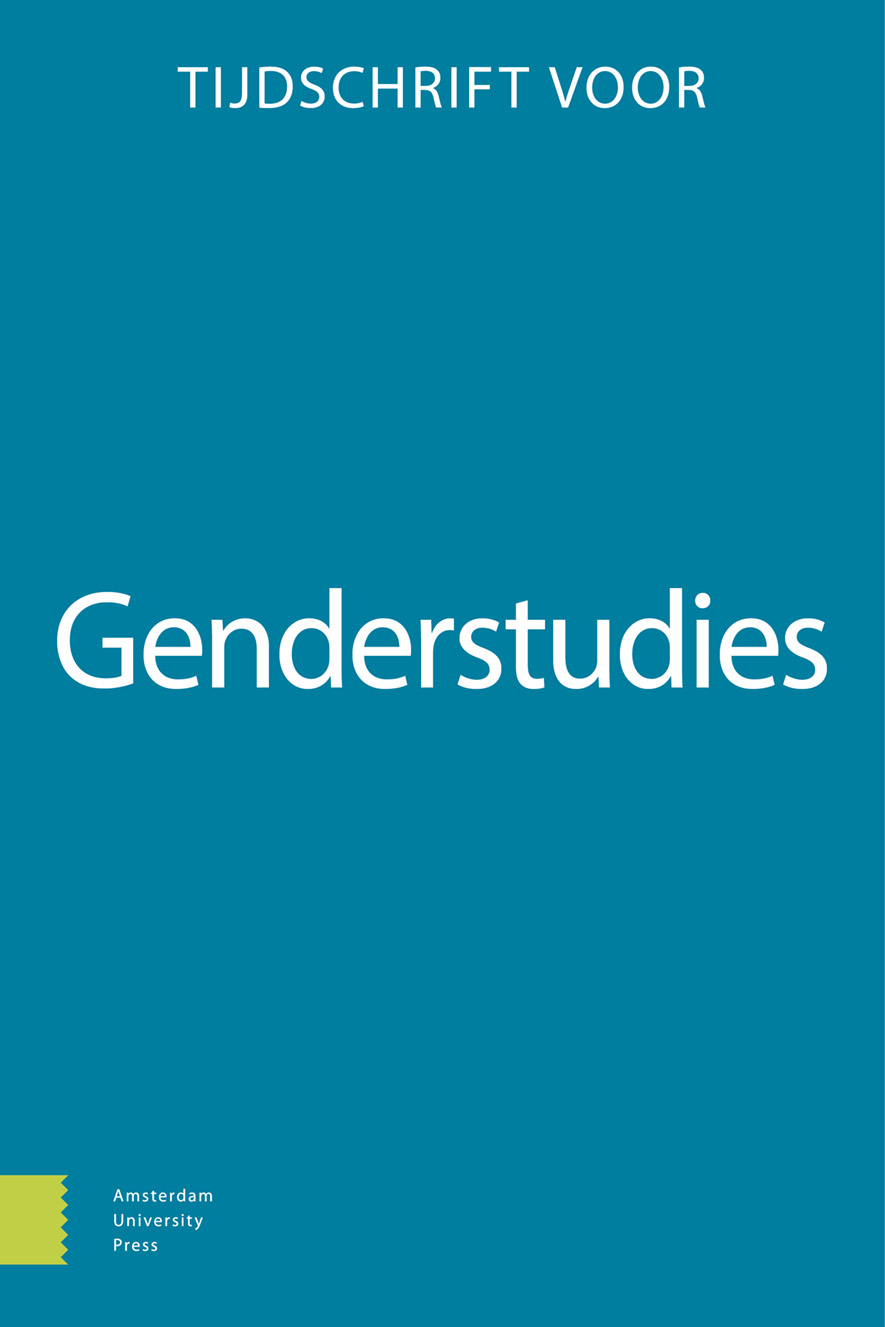-
OAThe place of care in a large Belgian modernist complex
The evolution of the Cité de Droixhe since its creation until today (Liège, 1954-2022)
- Amsterdam University Press
- Source: Tijdschrift voor Genderstudies, Volume 26, Issue 1, apr. 2023, p. 56 - 77
-
- 01 apr. 2023
Samenvatting
The COVID-19 pandemic has highlighted the importance of care, as well as the extent to which it is undervalued in Western societies, emphasising the instrumentalization and neoliberal logic that care is subject to. Since the 1970s, various feminist theorists have developed ethics of care. This evolving and controversial ethic has become a critical tool in sociology, philosophy, economics, and public policy analysis but is still underdeveloped in architecture and urban planning. This paper adopts the feminist ethic of care to analyse and criticise the evolution of a modernist social housing complex. The Cité de Droixhe was built in the 1950s to offer various facilities, 2000 rental social housing units, and vast green areas in Liège (Belgium). However, since its creation, it has undergone major transformations including the demolition of nearly 1000 units. In this qualitative inductive research, an interdisciplinary approach between architecture and social sciences was proposed, combining archival research, semi-structured interviews, and participatory observations. The ethic of care is mobilised both as a research and methodological posture and as an object of analysis. The data collected led to questioning the place of care in the evolution of the large complex under different themes: the facilitation of reproductive work, the valorisation of care professions, and the attention paid to proximity and the daily life of the neighbourhood inhabitants. By highlighting the integration and loss of care within the different transformations of the housing estate, this study shows the importance of reasserting the value of care and making it a collective responsibility, contributing to drawing perspectives for a more feminist, equal, and caring city.


